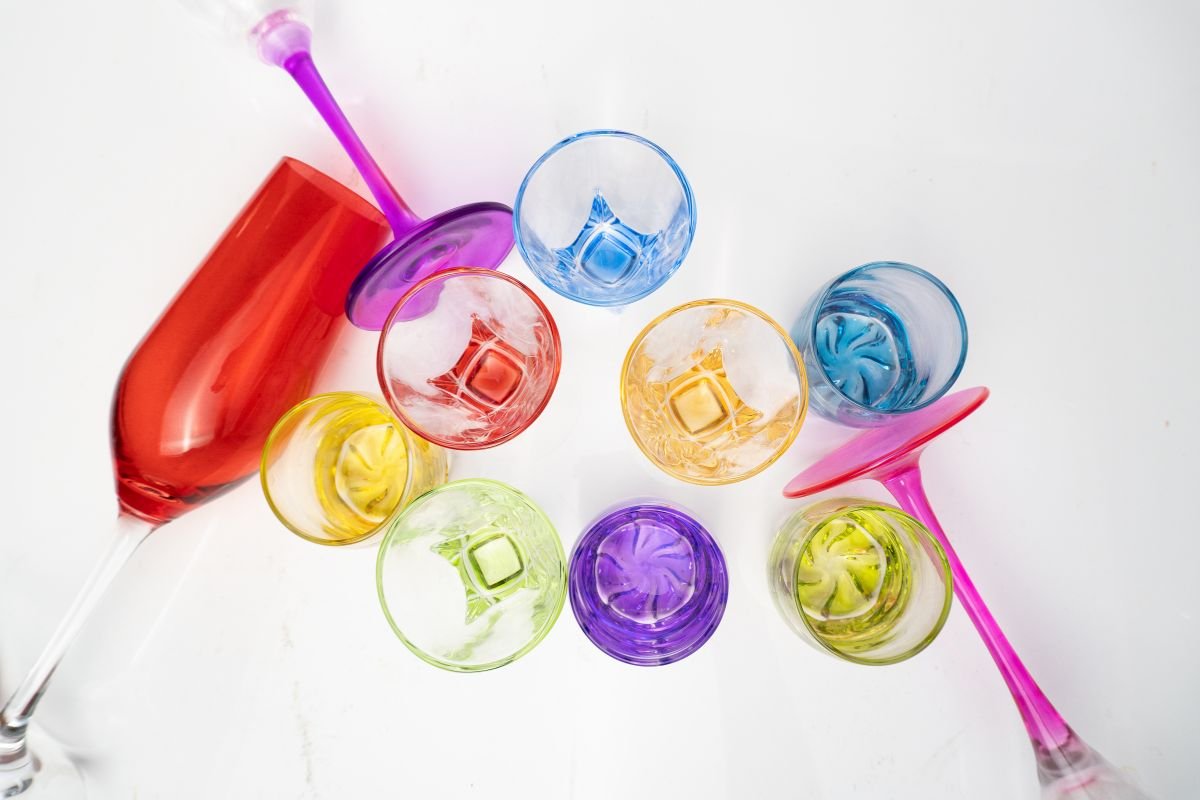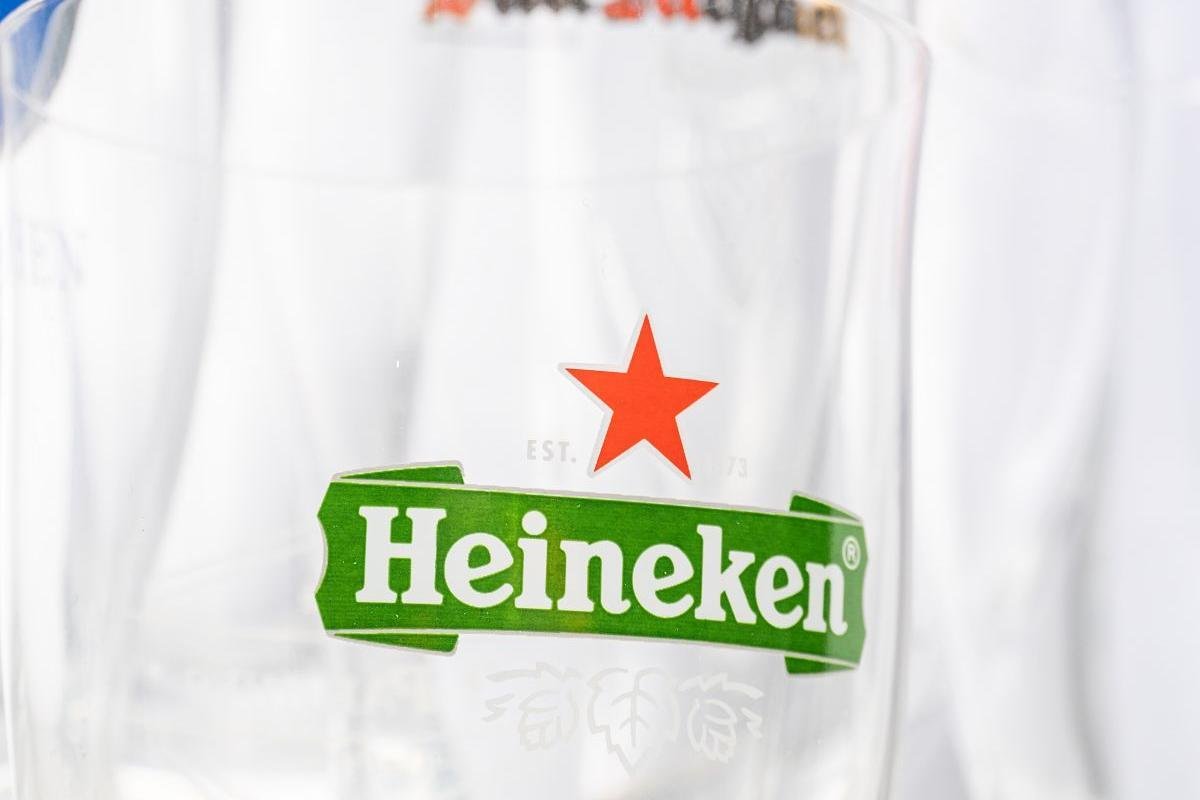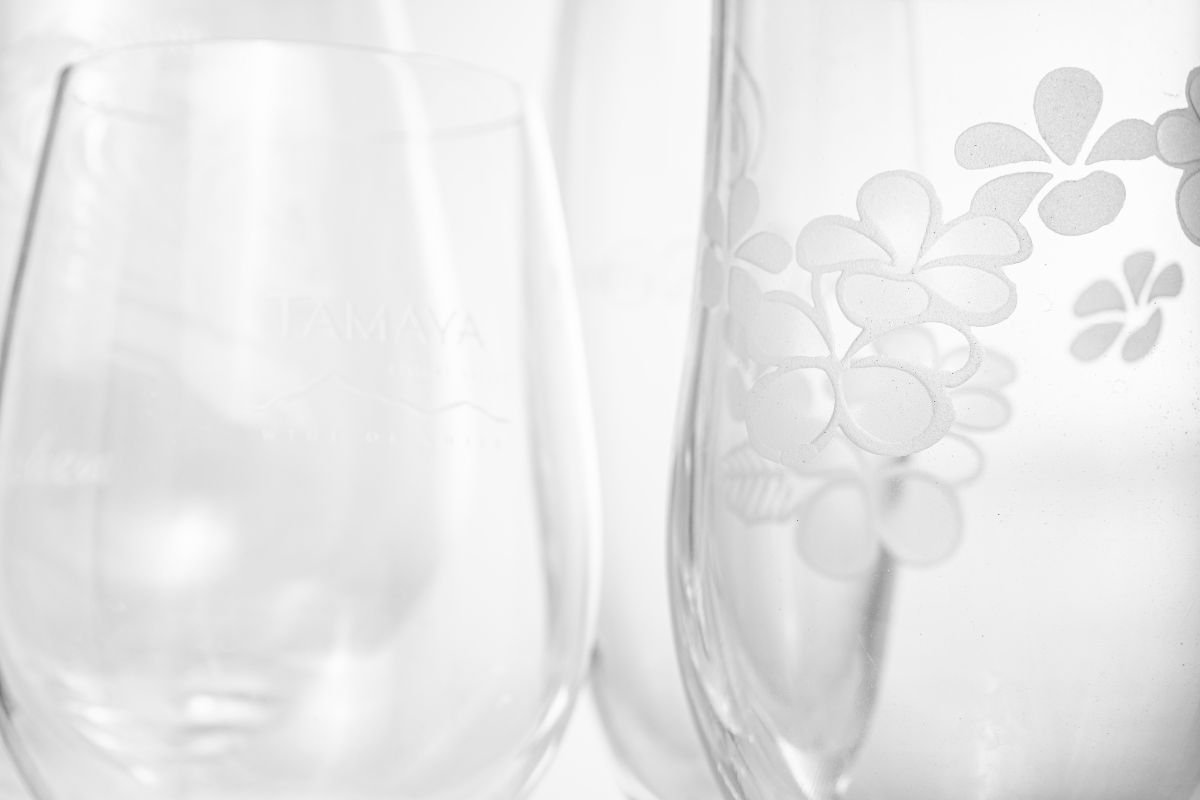What Kind of Logo is the Best for Your Glass?

Understanding Different Post-processings
Looking for the right manufacturer for OEM services could be time-consuming since there are numerous options out there. Often than not, it is confusing to decide which post-processing is the most suitable for your OEM projects. The following will give you ample information about five commonly seen post-processings in OEM services and helps you to have a better understanding for them when you make your own decision as to strategize your marketing campign to fit your business' value that you are bringing to your clients.

Color Spray
Color spray is a post-processing technique commonly used in glass industry. This technique is perfect for brands that enjoy bringing their client colorful vibes and vigor, while having the benefit of low-costs as well as a quick production.

Electrocate
What is Electrocate? In post-processing context, electrocate is a color-spraying variant of technique that you can apply to the surface of the glasses. It is often confused with color tinted glasses. People are often confused with these two because of their visually similarity. Electrocate VS Color Tinted Glasses? Even though these two look similar on the outside, color tinted glass is actually a type of glass, not a post-processing. Manually mixing the raw material is required for producing color tinted glass before sending it to furnace for burning. Whereas electrocate is applying color spray on a done product, which is the clear glass in this case. Because this intrinsic difference, prices of the respective products are drastically apart.

Decal
Decal is also called decalcomanie. A technique that uses a silkscreen printing applied on the decal under temperature between 120℃-600℃. It is one of post-processings the most commonly seen in commericial uses. Between decals, there are different types of decals depending on the temperature needed for the craft to be done. Namely, the low-temp decal, high-temp decal, low-lead decal and the pH-resistant decal. Click SPACE to learn about their differences.

Gold Painting
Things You Need to Know In the gold paint used to paint on the glasses, around 7-12% is authenticated gold that is mixed into the chemical compound. For this reason, gold paint costs the highest among all the post-processings in OEM. However, it is also stable under acidic environment, making it dishwasher-safe. Not to mention it brings out the shiny in the gold, the biggest flex for brands that are luxury-oriented.

Etching
The Making of Etching The proccess of etching on the glass surface has a certain similarity to painting on the wall: first, placing a film with grooves that carve out the logo onto the glass; second, use the sandblasting as you would use your spray can and carefully blast the diamond sands to leave the distinctive marks on the glass. This requires delicate control of blast speed to avoid breaking the glass or making 'painting' mistakes because its permanent nature for the glass. Lastly, remove the residuals of diamond sand before sending the glass into the furnace for baking. The end result is a permanent logo that makes your products stand out from your competitors.
